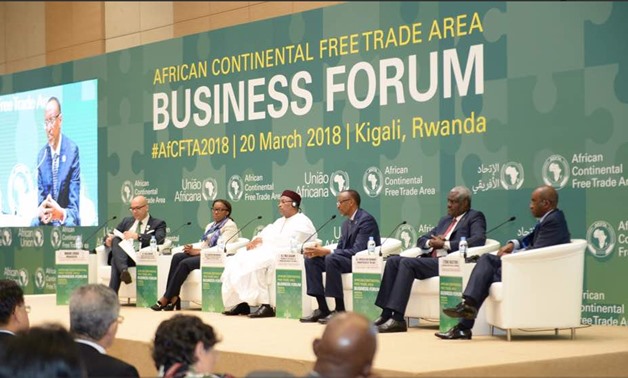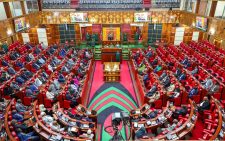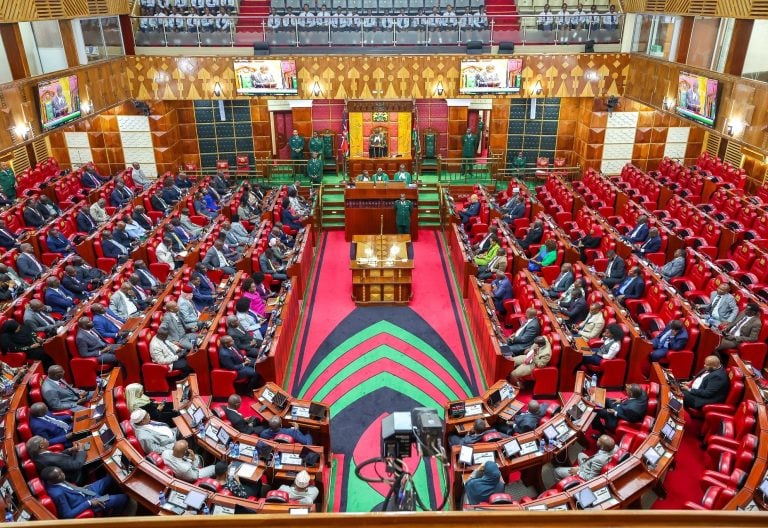Why Kenya is losing its place in regional trade

Data from Kenya National Bureau of Statistics (KNBS) shows that imports from Tanzania increased to Sh39.68 billion in January – September 2021, from Sh19.67 billion in 2020.
This is a Sh20 billion jump, and puts Kenya at a deficit of Sh9 billion, with imports from Tanzania exceeding exports by nearly a third.
Over the years, trade relations between Kenya and Tanzania have been tumultuous. But, last year gave us optimism of goodwill between the two countries, when the President of Tanzania-Samia Suluhu, visited Kenya and made commitments to renew ties and promote trade.
Tanzania has been making efforts to improve ease of doing business in the country, and specifically, to drive its manufacturing sector’s growth.
Over the past decade, Tanzania’s manufacturing sector has recorded a four per cent annual growth rate, with a focus on sectors such as Food & Beverage; Textile & Apparel; Timber, Wood & Furniture; Plastic and Steel & Allied.
Additionally, Tanzania’s most recent development blueprint prioritises industrialisation as one of its development pillars.
Whereas Kenya has been trying to revive regional trade, our own policiesdeveloped over the last couple of years hinder these efforts.
Before our products reach our borders with neighbouring countries, they have to grapple with a number of challenges, such as over-taxation, policy unpredictability and instability, overbearing regulations and numerous fees, levies and charges, among others.
The challenges facing manufacturers affect our competitiveness as a country since our goods are not able to compete favourably in the regional markets.
The trade deficit we are currently experiencing with Tanzania is attributed to non-trade barriers. If left unchecked, Kenya could lose her position as a regional trade powerhouse.
Additionally, we shall continue to lose a large market share for Kenyan goods and services. For instance, Tanzania subjects Kenyan animals and animal products (milk and milk products as well as meat and meat products among others) to charges, going against the East African Community (EAC) protocols. This has forced some manufacturers to stop exporting to Tanzania altogether.
Others have resorted to establishing similar factories in Tanzania, to enable them to access this strategic market.
This solution is not sustainable, especially for small and medium enterprises that do not have the capacity to set up additional plants, particularly outside the country.
Reversing the trade deficit calls for collaborative efforts towards developing solutions at the county, national and regional levels. At the county level, it is important that we















